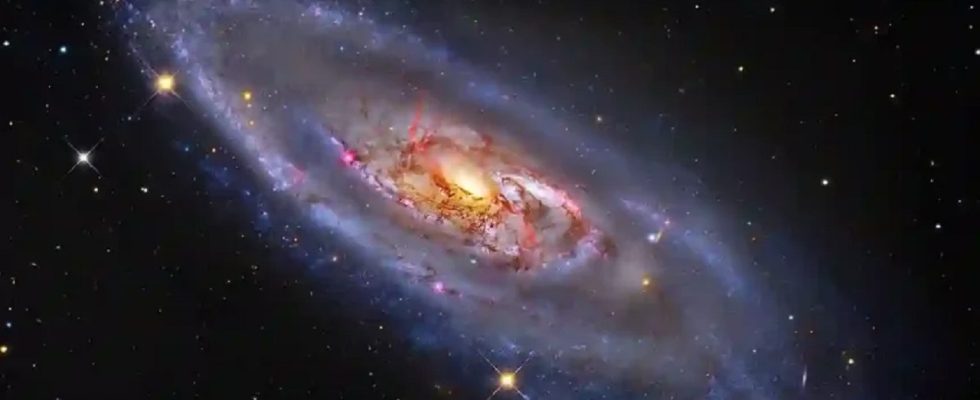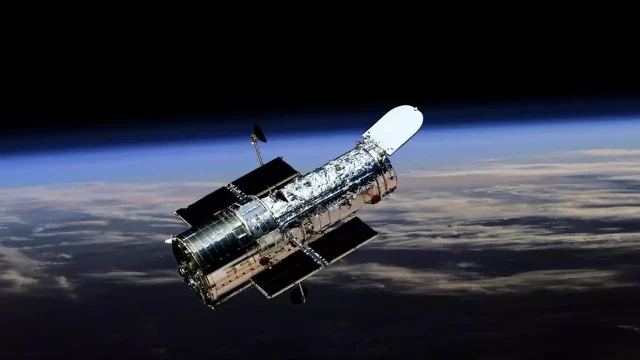NASA’s Hubble Space telescope recently stopped working. Recently, these problems were solved with the devoted work of engineers. In this way, the Hubble Space Telescope continued its mission from where it left off. He managed to make an extraordinary discovery without slowing down. This time, galaxies lined up in rows were caught in Hubble’s frame. Here are the details…
Hubble Space Telescope captured galaxies lined up in rows!
Sometimes Hubble or other telescopes capture two or more galaxies in the process of merging. Scientists call this situation interacting galaxies. These massive collisions can distort one or both galaxies. He can even shape them into strange shapes. The consequences of such collisions can result in the destruction of one of the galaxies, that is, disaster. Or a larger galaxy may form from two galaxies merging.

However, sometimes galaxies may appear very close in images but may not actually interact. Sometimes it only looks like it’s close when viewed from Earth. But they may actually be thousands of light years apart. Hubbe captured just such an image. He captured an image showing two galaxies overlapping each other.
NASA shared the latest image captured by the Hubble Space Telescope with space enthusiasts. The latest Hubble image shows an interesting mix. The image features both an interactive galaxy system and galaxies lined up in a neat parade.
The interacting galaxies are called Arp-Madore 2105-332. Additionally, these galaxies are 200 million light years away. In this image the two are quite far apart. In fact, one is in the middle of the frame and the other is on the right, so close together from a galactic perspective that they gravitationally influence each other. Under the leftmost part of the galaxy pair, there are galaxies arranged in rows, completely by chance.

